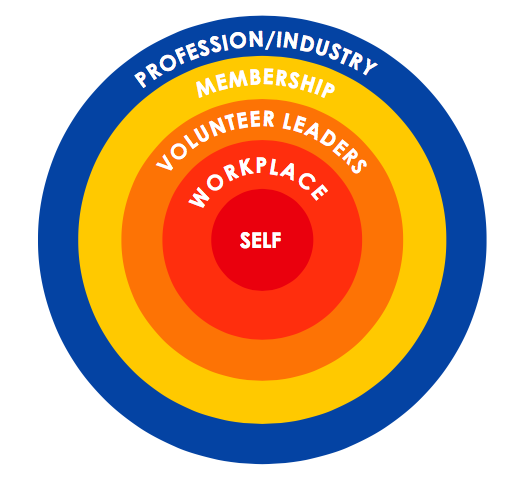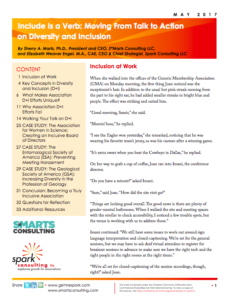“How can I recruit young professional members if there are no young professionals entering our industry?”
I’ve been thinking about this question a lot recently, not least of which because I have a client that is in this EXACT situation. Their industry is blue collar, but it is also one with excellent career and salary prospects and a clear educational track. That track just doesn’t happen to include college.
Associations Now recently profiled an initiative by the Plumbing-Heating-Cooling Contractors Association focused on exactly this: recruiting young people into the industry.
I’d guess that PHCC and my client aren’t the only associations struggling with this.
One of the things that basic math tells us is that associations are in for a bit of a rough patch related to membership. The fact of the matter is that GenerationX, currently in their prime career and, thus, association membership target, years, is a smaller cohort than the retiring Baby Boomers and up and coming Millennials. And while the internet didn’t kill membership for the Xers (in fact, Xers join associations at higher rates than Boomers), we’re in the middle part of the narrow part of the hourglass. Which puts pressure on associations to hang on to retiring members longer and recruit young members earlier than we historically have.
On the “hang on to them longer” front, we are assisted by the fact that Boomers are retiring later, and far more partially, than their Silent Generation forebears. While what Boomers are looking for from their memberships and what they’re willing and able to contribute as members of our professional communities may shift, they aren’t hitting 65 and bolting out the door, gold watch in hand, to move to Florida and fish full time.
On the “recruit them earlier” front, though, we’re having more trouble, not least of which because, for some of us, young people aren’t showing up to our professions or industries in the first place.
What can we do about that?
Associations have enormous untapped advantages in filling the workforce pipeline for the professions and industries we serve:
- We have direct connections to, and existing relationships with, employers, so we know what they need in entry-level and junior workers.
- We own non-college certification and credentialing. No other sector has as much experience with this as we do.
- We’re lightening fast, at least compared with hidebound higher education.
- We know how to educate non-traditional students in non-traditional settings.
To learn more about what you association can do to help create your universe of future members, check out The Association Role in the New Education Paradigm, the latest Spark whitepaper, co-authored with Shelly Alcorn, CAE, Alcorn Associates Management Consulting. It includes case studies of associations that are doing good work in educating the next generation of professionals in their industries, and practical steps you can take right now to position your association for success in this critically important arena.
Get your free copy today at http://bit.ly/29CIquL.

